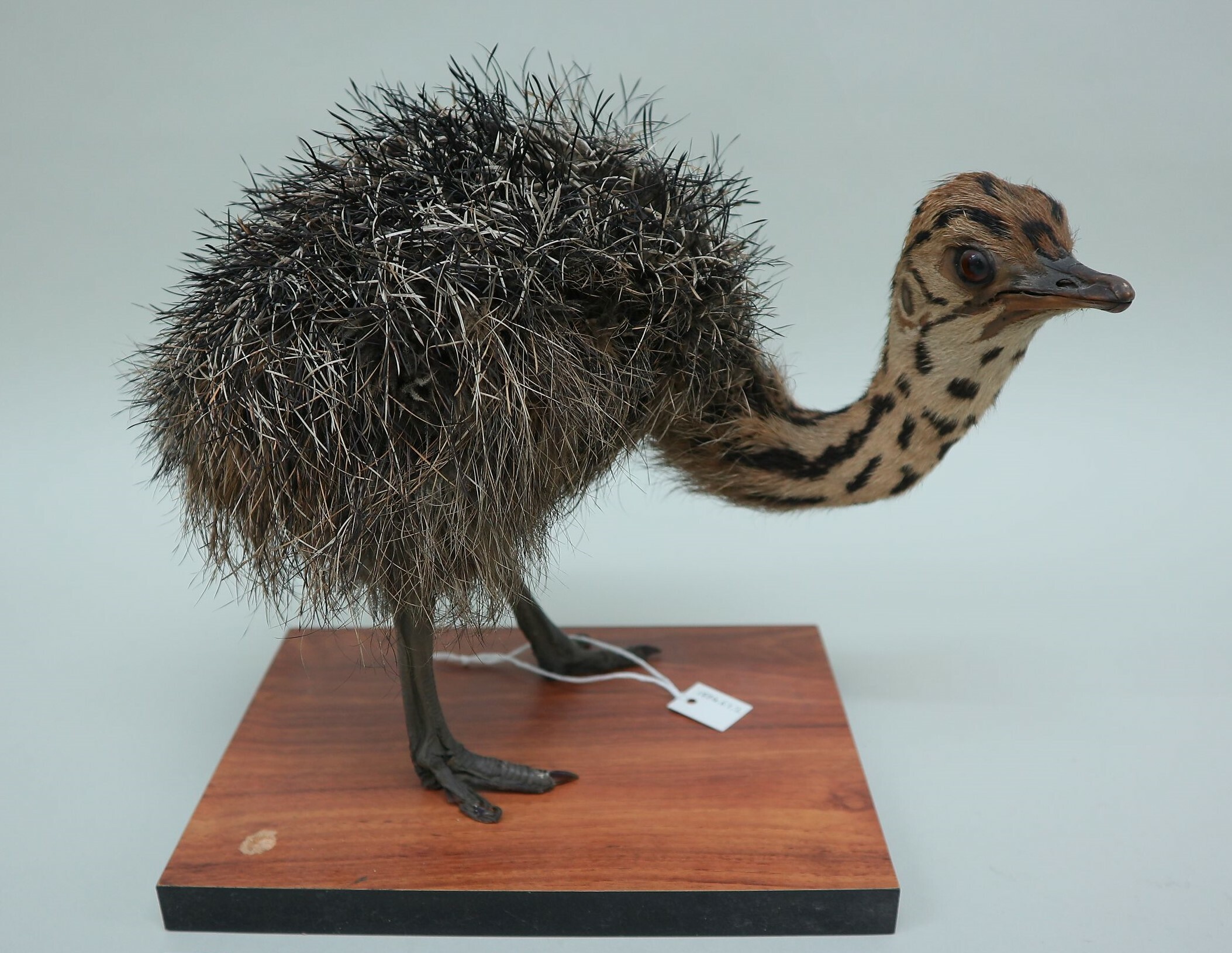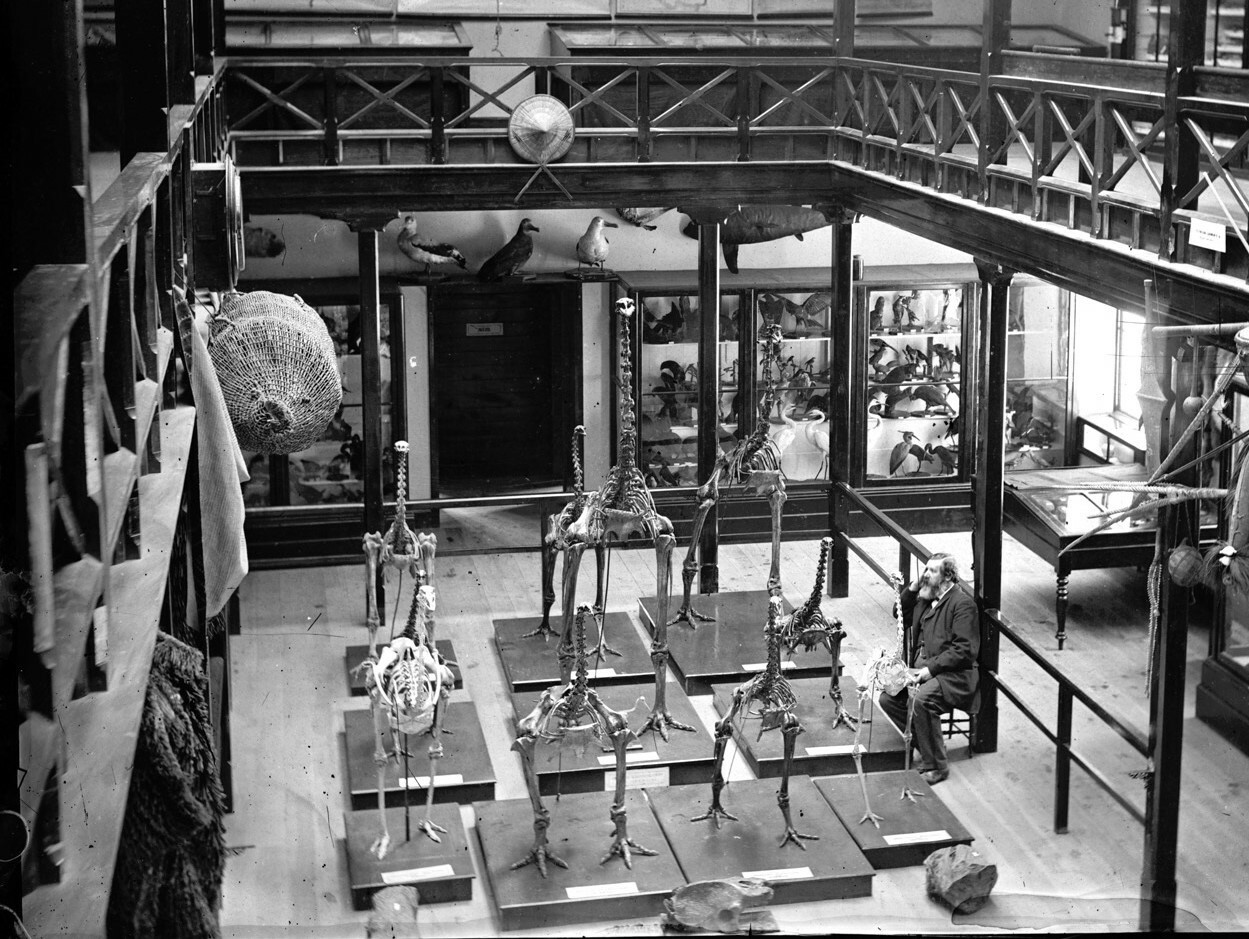Think of farming in Canterbury and images of sheep and cattle in grassy paddocks probably come to mind. Of course, many other things are farmed here, with one early entrepreneur farming ostriches for their feathers on a property in Merivale.

The first importation of live ostriches into New Zealand occurred in 1883 when four were brought over from a farm in South Australia by Christchurch resident John Thomas Matson. According to newspaper accounts, one was lost on the sea voyage over while another was injured and didn’t last long after landing.
Fortunately for John the two that survived were a female and male. They bred the following year with an article in The Press on 2 December 1885 describing the two “old” birds and their progeny – a couple of yearling birds and some freshly hatched chicks.
By January 1887 The Press was reporting the safe arrival in England the previous month of the first export of feathers from the farm – over 2,000 of them. Under John’s instruction, two fans were made from some of these feathers, to be presented to Queen Victoria and the Princess of Wales.
This experiment in farming ostriches was taking place at John Matson’s estate, Springfield. Located on the corner of Papanui and Innes Roads, near where Merivale Mall now sits, the farm became a highlight for passengers on the tram as they made their way up Papanui Road.
John made a few donations of objects to Canterbury Museum over the years including two ostrich chicks in 1884 and a “fine female ostrich”, recorded in the Lyttelton Times on 9 August 1886 as dominating a display case in the bird gallery.

However, there was at least one ostrich specimen in the Museum's collection before these. A photograph of a Museum gallery taken around 1872 shows an ostrich skeleton alongside a number of moa skeletons. It is easily recognisable as being an ostrich as it only has two toes on each feet whereas other Ratites have three or four. As there weren’t any live birds in the country in 1872 this specimen would have come into New Zealand as a skeleton.
In 1891 The New Zealand Ostrich Farming Company was formed in Christchurch and purchased all of John’s ostriches. By now the flock numbered 49 birds. However, only 6years later the entire flock, numbering only 18 birds, was put up for sale.
By 1916, the effects of World War One were taking their toll with the New Zealand Herald reporting that “the production of ostrich feathers will probably be removed shortly from the list of New Zealand industries”. This signalled the end of a short lived, but entrepreneurial form of farming that had its inception in Merivale.





